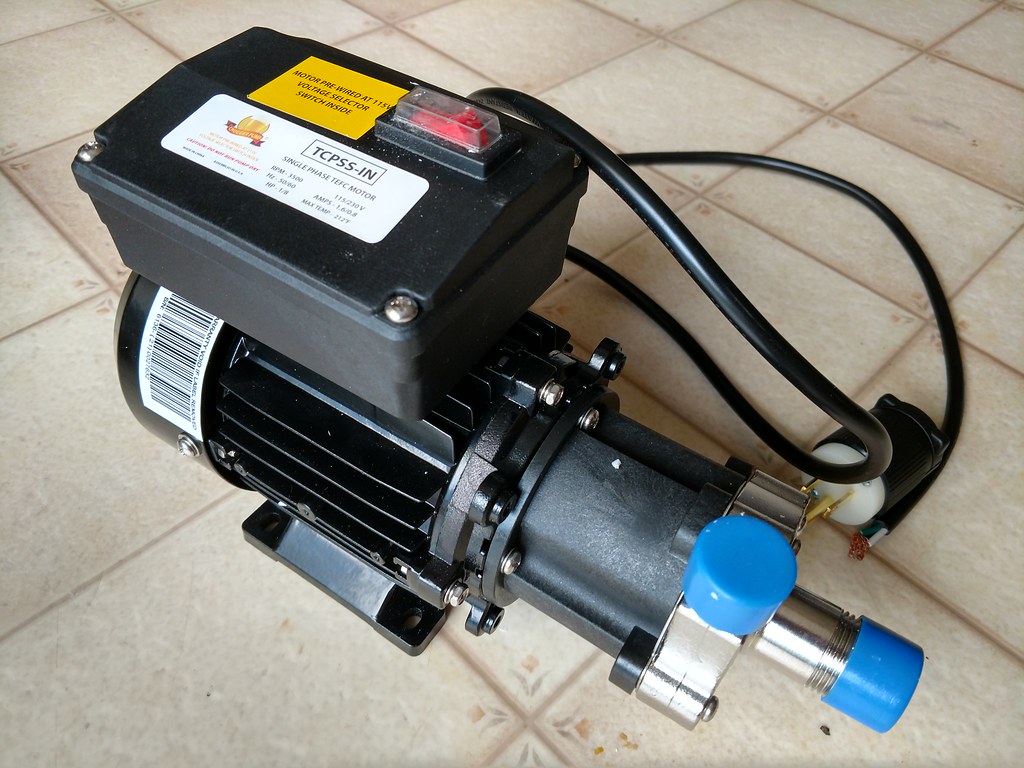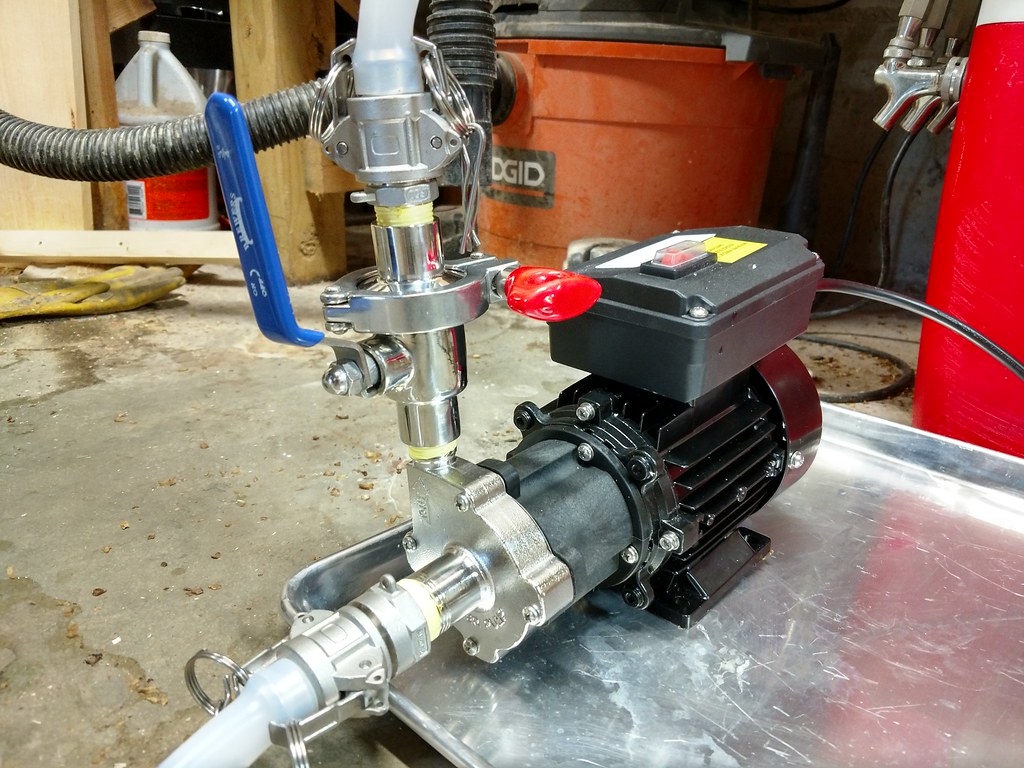I currently have a center inlet stainless chugger pump. In the past I've used a standard march inline pump as well.
I am thinking about adding a second pump into my setup, and was originally just going to get another standard center inlet stainless chugger, but then I saw that they have a TEFC version of the same pump, but I can't find many people using them or reviews of them.
Here is the chugger page: http://www.chuggerpumps.com/home-brewing-products/chugger-mini-max/tcpss-ci
Here is one vendor for pricing: https://www.brewershardware.com/Chugger-Mini-MAX-Stainless-Steel-Center-Inlet-Pump.html
So, do any of you use this particular pump?
Is there a reason beyond price why most don't seem to use the TEFC pumps?
The flow specs looked the same when I looked, but I do like the idea of having a TEFC motor for the pump, as I do get wort splashed on the pump when I have boilovers, and the oil port always makes me a bit nervous.
I'd be interested in any input about it beyond just the price, as it is more expensive, but it may be worth it for me. I am just in the research phase though, and the Blichman pump is also interesting to me at this point, so I may wait.
I am also using camlocks and the brewhardware take apart NPT valves, and it would be mounted on any pump I add, if that has any bearing on the conversation.
I am thinking about adding a second pump into my setup, and was originally just going to get another standard center inlet stainless chugger, but then I saw that they have a TEFC version of the same pump, but I can't find many people using them or reviews of them.
Here is the chugger page: http://www.chuggerpumps.com/home-brewing-products/chugger-mini-max/tcpss-ci
Here is one vendor for pricing: https://www.brewershardware.com/Chugger-Mini-MAX-Stainless-Steel-Center-Inlet-Pump.html
So, do any of you use this particular pump?
Is there a reason beyond price why most don't seem to use the TEFC pumps?
The flow specs looked the same when I looked, but I do like the idea of having a TEFC motor for the pump, as I do get wort splashed on the pump when I have boilovers, and the oil port always makes me a bit nervous.
I'd be interested in any input about it beyond just the price, as it is more expensive, but it may be worth it for me. I am just in the research phase though, and the Blichman pump is also interesting to me at this point, so I may wait.
I am also using camlocks and the brewhardware take apart NPT valves, and it would be mounted on any pump I add, if that has any bearing on the conversation.





